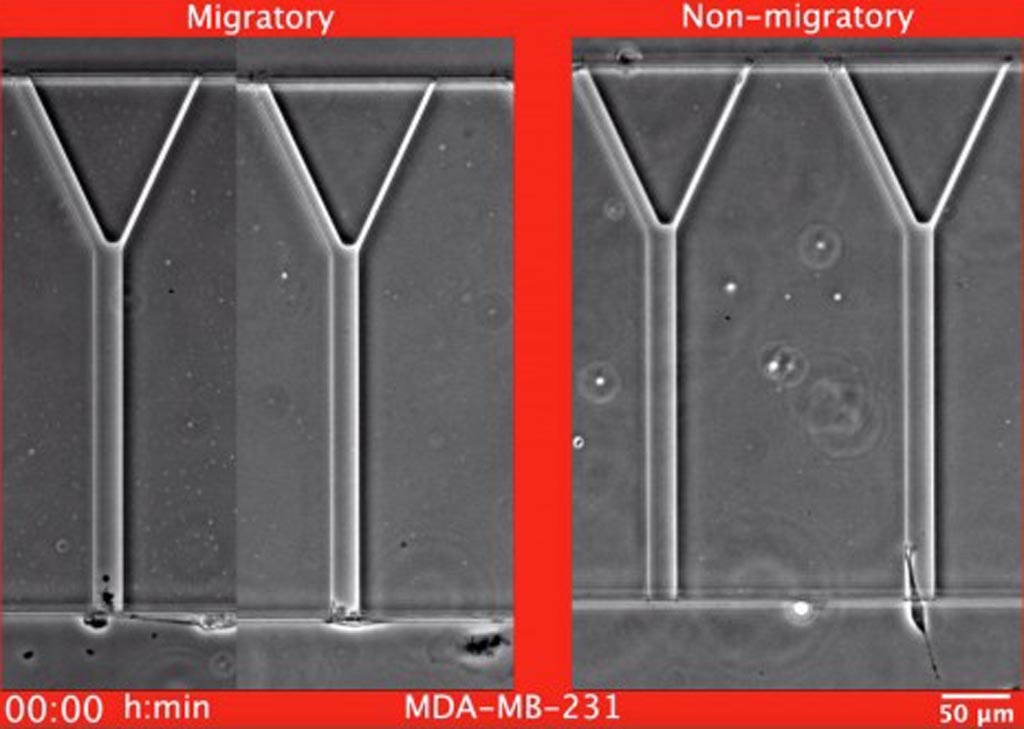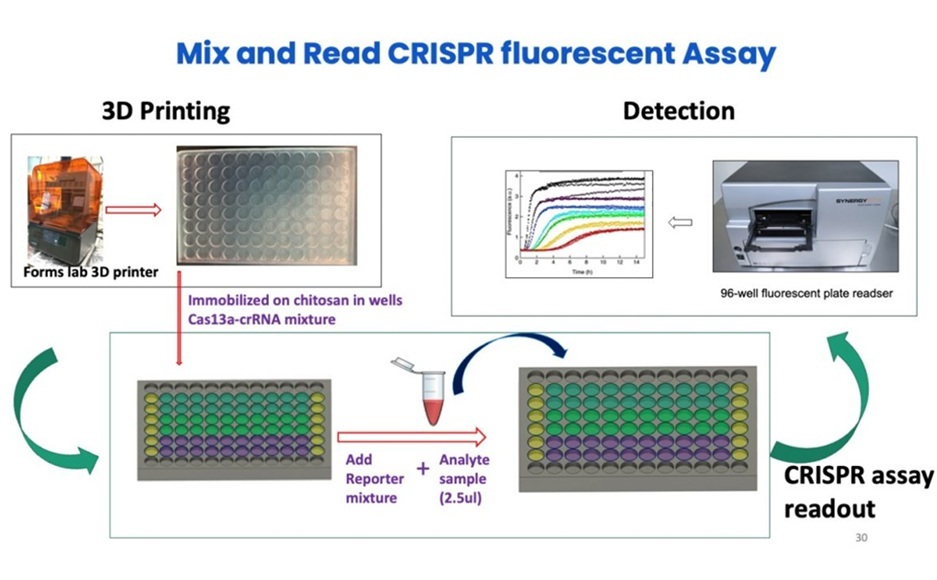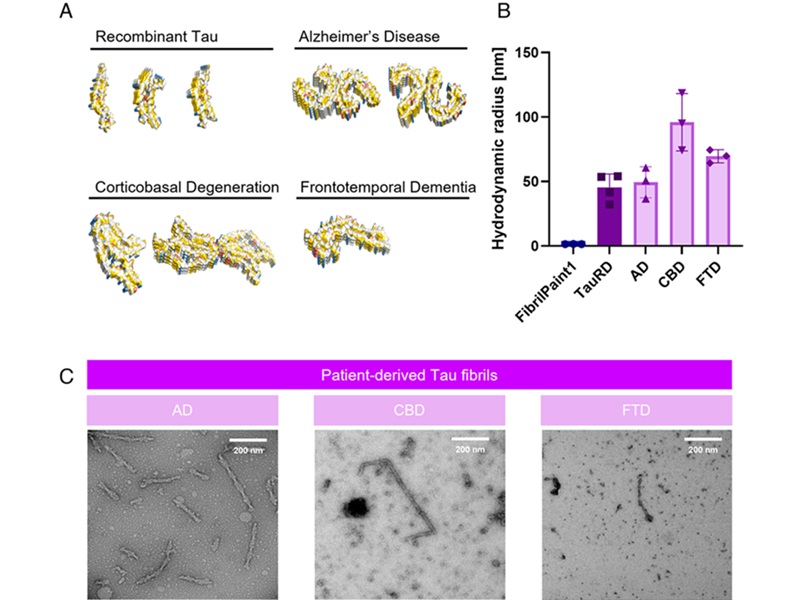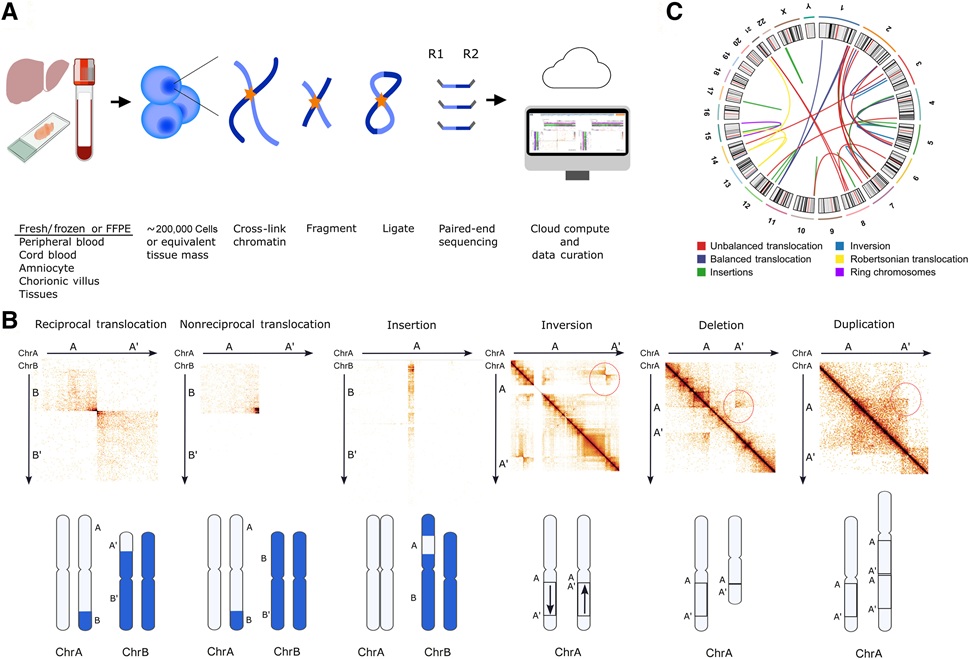Microfluidic Motility Device Indicates Likelihood of Breast Tumor Metastasis
|
By LabMedica International staff writers Posted on 10 Jun 2019 |

Image: Examples of migratory and non-migratory MDA-MB-231 breast cancer cells migrating in the MAqCI (Microfluidic Assay for quantification of Cell Invasion) device (Photo courtesy of Christopher L. Yankaskas, Johns Hopkins University).
A novel microfluidic motility test was shown to accurately predict a breast tumor's likelihood to generate metastases.
The difficulties involved in predicting which patients with breast cancer will develop metastases leads to the overtreatment of patients with benign disease and to the inadequate treatment of aggressive cancers. To meet this predictive challenge, investigators at Johns Hopkins University (Baltimore, MD, USA) development a microfluidic assay that quantified the abundance and proliferative index of migratory cells in breast cancer specimens, for the assessment of their metastatic propensity and for the rapid screening of potential anti-metastatic therapeutics.
The device comprised Y-shaped microchannels with dimensions chosen to mimic aspects of the complexity and variety of the cross-sectional areas of tissue tracks found in or along different locations in the body. This Microfluidic Assay for quantification of Cell Invasion (MAqCI) was designed to evaluate three key features of metastasis: cancer cells’ ability to move, their ability to compress in order to enter narrow channels, and their ability to proliferate.
The MAqCI device, which is now patented in the United States, was used in conjunction with a computerized inverted microscope having phase contrast and fluorescence imaging capabilities. Cell migration was monitored in real time via time-lapse phase contrast microscopy. Results of experiments conducted with the MAqCI device revealed that compared to an unsorted population of cancer cells, highly motile cells isolated by the device exhibited similar tumorigenic potential but markedly increased metastatic propensity in vivo.
RNA sequencing of the highly motile cells revealed an enrichment of motility-related and survival-related genes.
“When a lump is detected in a patient’s body, the doctor can determine if the mass is benign or malignant through a biopsy, but they cannot really say with confidence if a malignant tumor is going to be highly aggressive and metastasize to other locations,” said senior author Dr. Konstantinos Konstantopoulos, professor of biomedical engineering and oncology at Johns Hopkins University. “Although liquid biopsies or circulating tumor DNA measurements can be very good at monitoring a patient’s response to therapy after it is administered, they do not provide a means to help physicians select optimal drugs to prevent spread.”
Use of the MAqCI device was described in the May 6, 2019, online edition of the journal Nature Biomedical Engineering.
Related Links:
Johns Hopkins University
The difficulties involved in predicting which patients with breast cancer will develop metastases leads to the overtreatment of patients with benign disease and to the inadequate treatment of aggressive cancers. To meet this predictive challenge, investigators at Johns Hopkins University (Baltimore, MD, USA) development a microfluidic assay that quantified the abundance and proliferative index of migratory cells in breast cancer specimens, for the assessment of their metastatic propensity and for the rapid screening of potential anti-metastatic therapeutics.
The device comprised Y-shaped microchannels with dimensions chosen to mimic aspects of the complexity and variety of the cross-sectional areas of tissue tracks found in or along different locations in the body. This Microfluidic Assay for quantification of Cell Invasion (MAqCI) was designed to evaluate three key features of metastasis: cancer cells’ ability to move, their ability to compress in order to enter narrow channels, and their ability to proliferate.
The MAqCI device, which is now patented in the United States, was used in conjunction with a computerized inverted microscope having phase contrast and fluorescence imaging capabilities. Cell migration was monitored in real time via time-lapse phase contrast microscopy. Results of experiments conducted with the MAqCI device revealed that compared to an unsorted population of cancer cells, highly motile cells isolated by the device exhibited similar tumorigenic potential but markedly increased metastatic propensity in vivo.
RNA sequencing of the highly motile cells revealed an enrichment of motility-related and survival-related genes.
“When a lump is detected in a patient’s body, the doctor can determine if the mass is benign or malignant through a biopsy, but they cannot really say with confidence if a malignant tumor is going to be highly aggressive and metastasize to other locations,” said senior author Dr. Konstantinos Konstantopoulos, professor of biomedical engineering and oncology at Johns Hopkins University. “Although liquid biopsies or circulating tumor DNA measurements can be very good at monitoring a patient’s response to therapy after it is administered, they do not provide a means to help physicians select optimal drugs to prevent spread.”
Use of the MAqCI device was described in the May 6, 2019, online edition of the journal Nature Biomedical Engineering.
Related Links:
Johns Hopkins University
Latest Technology News
- Portable Biosensor Diagnoses Psychiatric Disorders Using Saliva Samples
- Cell-Sorting Device Uses Electromagnetic Levitation to Precisely Direct Cell Movement

- Embedded GPU Platform Enables Rapid Blood Profiling for POC Diagnostics
- Viral Biosensor Test Simultaneously Detects Hepatitis and HIV
- Acoustofluidic Device to Transform Point-Of-Care sEV-Based Diagnostics
- AI Algorithm Assesses Progressive Decline in Kidney Function
- Taste-Based Influenza Test Could Replace Nasal Swabs with Chewing Gum
- 3D Micro-Printed Sensors to Advance On-Chip Biosensing for Early Disease Detection
- Hybrid Pipette Combines Manual Control with Fast Electronic Aliquoting
- Coral-Inspired Capsule Samples Hidden Bacteria from Small Intestine
- Rapid Diagnostic Technology Utilizes Breath Samples to Detect Lower Respiratory Tract Infections
Channels
Clinical Chemistry
view channel
VOCs Show Promise for Early Multi-Cancer Detection
Early cancer detection is critical to improving survival rates, but most current screening methods focus on individual cancer types and often involve invasive procedures. This makes it difficult to identify... Read more
Portable Raman Spectroscopy Offers Cost-Effective Kidney Disease Diagnosis at POC
Kidney disease is typically diagnosed through blood or urine tests, often when patients present with symptoms such as blood in urine, shortness of breath, or weight loss. While these tests are common,... Read moreMolecular Diagnostics
view channel
Fast Low-Cost Alzheimer’s Tests Could Detect Disease in Early and Silent Stages
Early diagnosis remains one of the greatest challenges in combating Alzheimer’s disease, the most common cause of age-related dementia. With symptoms like memory loss and confusion typically appearing... Read more
Further Investigation of FISH-Negative Tests for Renal Cell Carcinoma Improves Diagnostic Accuracy
Accurate diagnosis of renal cell carcinoma (RCC) is critical to determining the right therapy, but standard diagnostic methods can sometimes miss important genetic alterations. Now, researchers have discovered... Read more
First Direct Measurement of Dementia-Linked Proteins to Enable Early Alzheimer’s Detection
The disease process in Alzheimer’s begins long before memory loss or cognitive decline becomes apparent. During this silent phase, misfolded proteins gradually form amyloid fibrils, which accumulate in... Read moreHematology
view channel
ADLM’s New Coagulation Testing Guidance to Improve Care for Patients on Blood Thinners
Direct oral anticoagulants (DOACs) are one of the most common types of blood thinners. Patients take them to prevent a host of complications that could arise from blood clotting, including stroke, deep... Read more
Viscoelastic Testing Could Improve Treatment of Maternal Hemorrhage
Postpartum hemorrhage, severe bleeding after childbirth, remains one of the leading causes of maternal mortality worldwide, yet many of these deaths are preventable. Standard care can be hindered by delays... Read more
Pioneering Model Measures Radiation Exposure in Blood for Precise Cancer Treatments
Scientists have long focused on protecting organs near tumors during radiotherapy, but blood — a vital, circulating tissue — has largely been excluded from dose calculations. Each blood cell passing through... Read moreImmunology
view channel
Chip Captures Cancer Cells from Blood to Help Select Right Breast Cancer Treatment
Ductal carcinoma in situ (DCIS) accounts for about a quarter of all breast cancer cases and generally carries a good prognosis. This non-invasive form of the disease may or may not become life-threatening.... Read more
Blood-Based Liquid Biopsy Model Analyzes Immunotherapy Effectiveness
Immunotherapy has revolutionized cancer care by harnessing the immune system to fight tumors, yet predicting who will benefit remains a major challenge. Many patients undergo costly and taxing treatment... Read moreMicrobiology
view channel
High-Throughput Enteric Panels Detect Multiple GI Bacterial Infections from Single Stool Swab Sample
Gastrointestinal (GI) infections are among the most common causes of illness worldwide, leading to over 1.7 million deaths annually and placing a heavy burden on healthcare systems. Conventional diagnostic... Read more
Fast Noninvasive Bedside Test Uses Sugar Fingerprint to Detect Fungal Infections
Candida bloodstream infections are a growing global health threat, causing an estimated 6 million cases and 3.8 million deaths annually. Hospitals are particularly vulnerable, as weakened patients after... Read morePathology
view channel
3D Genome Mapping Tool to Improve Diagnosis and Treatment of Genetic Diseases
Standard laboratory tests often fail to detect complex DNA rearrangements that underlie many genetic diseases. To bridge this diagnostic gap, researchers have developed a 3D chromosome mapping method that... Read more
New Molecular Analysis Tool to Improve Disease Diagnosis
Accurately distinguishing between similar biomolecules such as proteins is vital for biomedical research and diagnostics, yet existing analytical tools often fail to detect subtle structural or compositional... Read more
Tears Offer Noninvasive Alternative for Diagnosing Neurodegenerative Diseases
Diagnosing and monitoring eye and neurodegenerative diseases often requires invasive procedures to access ocular fluids. Ocular fluids like aqueous humor and vitreous humor contain valuable molecular information... Read moreIndustry
view channel
Qiagen Acquires Single-Cell Omics Firm Parse Biosciences
QIAGEN (Venlo, Netherlands) has entered into a definitive agreement to fully acquire Parse Biosciences (Seattle, WA, USA), a provider of scalable, instrument-free solutions for single-cell research.... Read more
Puritan Medical Products Showcasing Innovation at AMP2025 in Boston
Puritan Medical Products (Guilford, ME, USA), the world’s most trusted manufacturer of swabs and specimen collection devices, is set to exhibit at AMP2025 in Boston, Massachusetts, from November 11–15.... Read more
Advanced Instruments Merged Under Nova Biomedical Name
Advanced Instruments (Norwood, MA, USA) and Nova Biomedical (Waltham, MA, USA) are now officially doing business under a single, unified brand. This transformation is expected to deliver greater value... Read more




















